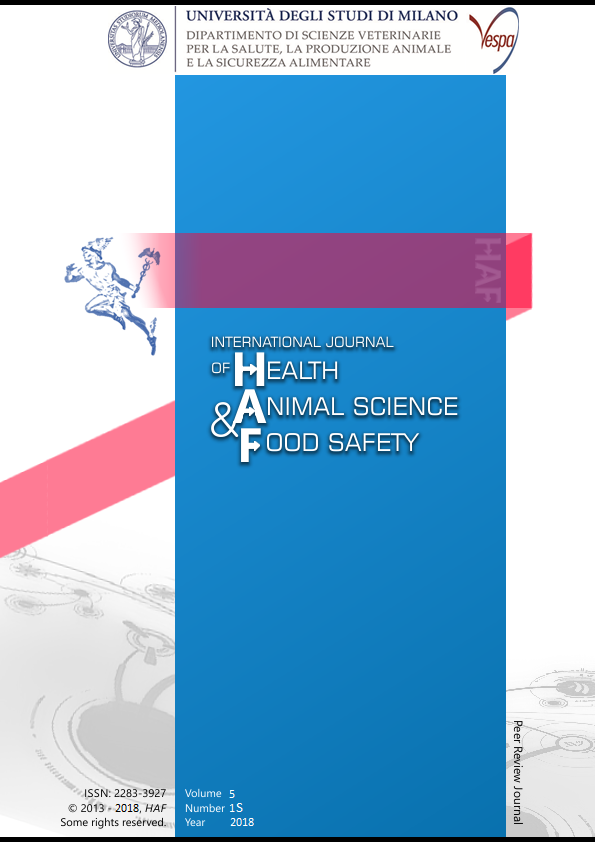Abstract
In ruminants, changes in the amount and metabolism of foetal brown and post-natal white adipose tissues (AT) contribute to adaptations or productive traits both at birth for neonate survival (especially in sheep), and in adult life for productive efficiency during the gestation-lactation cycle of dairy females or for carcass yield and quality of meat animals (Bonnet et al., 2010). The molecular pathways accompanying the growth (Louveau et al., 2016) and metabolic adaptations (Sauerwein et al., 2014) of AT are complex and incompletely understood. Indeed, they strongly depend on animal peculiarities (age, breed, sex), environmental factors (nutrition...) and they are dynamic (transition from foetal to post-natal age or from late pregnancy to lactation). The use of -omics methods, such as proteomics has begun to fill the gap of knowledge of the multifaceted regulations of AT growth and metabolism by providing numerous information on pathways and functions.
Two examples illustrate the usefulness of proteomic approaches for ruminant issues by allowing knowledge acquisition and molecular phenotyping. In the first example, proteomics and measurements of chemical composition, cellularity, histology, enzyme activities, and gene expression were applied to fetal AT at 110, 180, 210 and 260 days post conception (dpc) in Blond d’Aquitaine and Charolais breeds. From 180 dpc in the two breeds, we identified (Taga et al., 2012) proteins declared to be hallmarks of brown and white adipocytes in mice, that were underscored by the histological characterization of a mix of multilocular and unilocular cells, putatively brown and white adipocytes, respectively. These cellular and molecular features challenged the concepts on the largely brown nature of bovine foetal AT (based on histological and metabolic features previously reported a few days before or after birth for perirenal AT), and strongly suggested that fetal bovine AT have much more in common with white than with brown AT.
The second example is an application of proteomics for biomarkers discovery of ruminant productive traits (Fig. 1). For several years, proteomics has been used to identify adipose proteins differentially abundant between two groups of bovine differing mainly by their muscular or body adiposity or by their energy balance. We merged available proteomics data to provide a list of candidate biomarkers (first step in the process of biomarker discovery) of muscular adiposity that we declared robust candidates because they were identified in at least two publications differing by the breed, the age and the nutrition of bovine (Ceciliani et al., 2018, Bonnet et al., unpublished). Very recently, targeted proteomics has become an approach of choice to validate and precisely/absolutely quantify protein biomarkers. We have evaluated and benchmarked three targeted methods (the selected reaction monitoring (SRM), parallel reaction monitoring (PRM) and sequential windowed acquisition of all theoretical spectral (SWATH-MS)) to precisely quantify adiposity biomarkers in muscle tissues of 64 cows (Bons et al., 2018). The work in progress, is to use these absolute quantifications to bench test the quantification provided by much more rapide and cheaply methods for the the development of a final tool for bovine phenotyping.
Finally, public and available -omics data are very valuable for research purposes, since they can be aggregated and repurposed to provide insights in a context that may be entirely different from the original study. We have recently integrated and mined -omics data to computationally predict the large-scale “secretome” of adipose tissues and muscles in ruminants (Bonnet et al., 2016). The knowledge gained from -omics studies in ruminant species will foster knowledge and minimize unnecessary redundancy in research effortsRiferimenti bibliografici
Bonnet, M., Cassar-Malek, I., Chilliard, Y., Picard, B., 2010. Ontogenesis of muscle and adipose tissues and their interactions in ruminants and other species. Animal 4 (7), 1093-1109.
Bonnet, M., Tournayre, J., Cassar-Malek, I., 2016. Integrated data mining of transcriptomic and proteomic datasets to predict the secretome of adipose tissue and muscle in ruminants. Molecular Biosystems 12 (9), 2722-2734.
Taga, H., Chilliard, Y., Meunier, B., Chambon, C., Picard, B., Zingaretti, M.C., Cinti, S., Bonnet, M., 2012. Cellular and molecular large-scale features of fetal adipose tissue: is bovine perirenal adipose tissue brown? Journal of Cellular Physiology 227 (4), 1688-1700
Louveau, I., Perruchot, M.H., Bonnet, M., Gondret, F., 2016. Invited review: Pre- and postnatal adipose tissue development in farm animals: from stem cells to adipocyte physiology. Animal 10 (11), 1839-1847
Sauerwein, H., Bendixen, E., Restelli, L., Ceciliani, F., 2014. The Adipose Tissue in Farm Animals: A Proteomic Approach. Current Protein & Peptide Science 15 (2), 146-155.
Ceciliani, F., Lecchi, C., Bazile, J., Bonnet, M., 2018. In Proteomics in Domestic Animals: from Farm to Systems Biology, pp. 233–254. Springer International Publishing, Cham.
Bons, J., Husson, G., Delalande, F., Cianférani, S., Picard, B., Bonnet, M., Carapito, C., 2018. Targeted proteomics method comparison:SRM, PRM and SWATH-MS to quantify proteins in bovine muscle tissues. In the procedding of XIIth Eupa Congress, 16-20 june 2018, Santiago de Compostela, (SP), in press.
This work is licensed under a CC BY-SA 4.0 international

